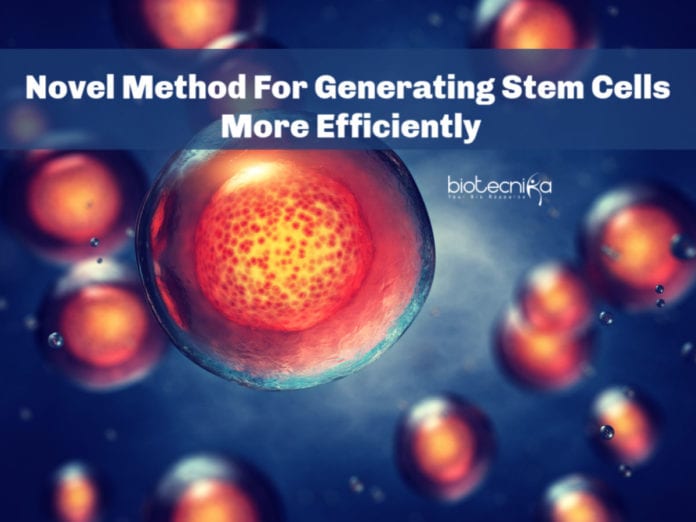Novel Method For Generating Stem Cells More Efficiently
Induced pluripotent stem (iPS) cells are among the most essential tools in contemporary biomedical research creating endless possibilities in precision medicine – to make it more efficient & accurate.
Current procedures to induce pluripotency are ineffective: At a batch of 100 cells intended for reprogramming, only five or so to complete the transition. The Efficiency could be improved by a new study published in the Cell Reports by a team of researchers at the University of Wisconsin-Madison’s, Wisconsin Institute for Discovery (WID) and School of Medicine and Public Health.
This new study describes computational methods that lead to the completion of pluripotency and combined laboratory, a quicker process and a much better understanding of how cells become reprogrammed from one cell type to another, for eg: altering a skin cell to a cardiac cell. Plus it includes some surprises, the authors say.
“The cells getting reprogramming do not need to do so in a stepwise procedure,” says graduate student Zafirah Zaidan, among the study’s lead authors.
Traditionally, scientists believed during reprogramming certain steps must happen in a sequential manner. This was based on measures of gene expression across entire populations of cells
at various time points, leading to average expression profiles for the whole group. They believed that the -genes which code for the specific functions of the differentiated cell (skin) must be suppressed or”turned off” for a cell to be successfully reprogrammed before researchers could turn on their ability to become the new type of mobile (cardiac).However, Rupa Sridharan, a professor of clinical and cell biology at WID, started to analyze single cells at one time, via a procedure called scRNA-seq, her research team discovered that human cells can trigger properties of pluripotency without shutting down their differentiated features. To put it differently, a skin cell does not have to completely give up being a skin cell before it could start the journey to becoming a cardiac cell.
Sridharan’s team worked together with algorithms developed by co-author Sushmita Roy, professor of biostatistics and informatics in WID, to perform the analyses. Roy is a specialist in using statistical computational procedures to determine regulatory gene networks, the collection of genes and the molecules which modify them that interact during development, cell differentiation, and also in response to environmental clues.
“scRNA-seq is revolutionizing biology and is opening up a lot of opportunities to gain a high-resolution perspective of gene regulatory networks,” says Roy.
The penetration allowed the research team to identify differences emerging between cells, which Roy says is just the beginning. The tool can be implemented to other biological questions, such as understanding how functional cells become tumorous.
Meanwhile, Mr. Sridharan stated further said that without shutting off their features, cells that may turn may be candidates for completing the transition may be good. Focusing on such cells may be a route to greater efficiency.
Her laboratory has had success using drugs which help overcome barriers by signaling and gene regulation pathways which included a fresh cocktail of small molecules that could jump-start the cell cycle in iPS cells, helping them arrive more quickly at their new fates. The analysis finds that this shortens the time scale of pluripotency and can increase the success rate to around 40 percent.
Roy’s algorithms also gave insight into the regulatory networks change as the chemical cocktail varies. Identifying what molecules to add next may be the key to unlocking additional gains. Sridharan said that- By combining laboratory and computational tools, Can we logically come up with what that molecule should be?” The solution might shape the future of therapies and precision medication.






























